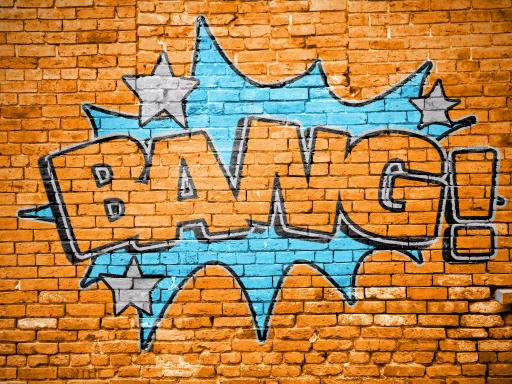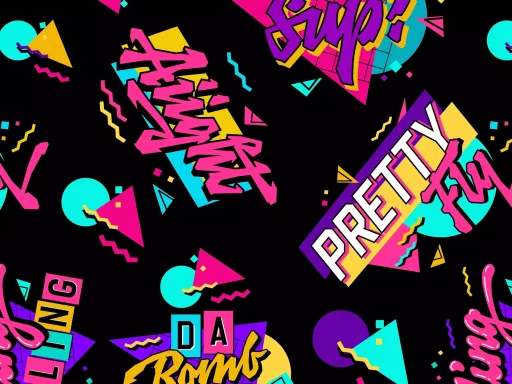Introduction to Mount Slang
Mount slang, a unique linguistic phenomenon, emerges among mountain communities and adventure enthusiasts who thrive in elevated terrains. This specialized jargon captures the essence of life in high-altitude regions and reflects the environment’s influence on language, culture, and communication.
What Is Mount Slang?
Mount slang typically refers to the vocabulary and expressions used by climbers, hikers, and mountain dwellers. It encompasses terms for equipment, weather conditions, routes, and local flora and fauna. These terms evolve based on the practical needs and experiences of those who inhabit or frequent mountainous regions.
Key Characteristics of Mount Slang
- Brevity: Mount slang favors short, snappy terms that facilitate quick communication. For example, climbers often use “beta” to describe information about a climbing route.
- Metaphorical Language: Many terms are rooted in vivid imagery. For instance, “screaming barfies” refers to a painful condition of numbness in the fingers from extreme cold, drawing an imaginative picture.
- Region-Specific Terms: Slang can vary dramatically between regions. For instance, the term “cairn” refers to a pile of stones used as a trail marker in some cultures.
Examples of Mount Slang
Understanding mount slang is essential for anyone venturing into high-altitude adventures. Below are some commonly used terms:
- Crux: The most difficult section of a climb.
- Pitch: A section of a climb, often defined by the length of rope used.
- Summit: The highest point of a mountain.
- Alpine Start: Leaving very early in the morning to avoid adverse weather conditions.
- Aspiring: A beginner or novice climber who is eager to improve and excel.
Case Studies of Mount Slang Usage
To observe mount slang in action, consider two case studies: a local mountain guide and a climbing expedition team.
Case Study 1: The Mountain Guide
A seasoned mountain guide uses mount slang to communicate effectively with clients. When briefing a group about an upcoming trek, the guide might say, “Expect a 5-pitch route with a crux at pitch 3. We’ll need an alpine start to make it to the summit before noon.” Here, the guide’s use of mounted terms helps prepare the group for the challenges ahead.
Case Study 2: The Climbing Expedition
During an expedition, climbers often rely on mount slang to ensure safety and efficiency. Consider a scenario where climbers encounter severe weather conditions. One climber might say, “We need to bail! The storm’s rolling in fast, and we’re at risk of getting snowed in!” Such urgent communication exemplifies how slang can convey critical information quickly.
Statistics on Language Evolution in Mountain Communities
Language is dynamic, and mount slang is no exception. A study by the Linguistic Society of America found that:
- Over 60% of climbers reported using slang regularly among peers.
- Each distinct mountain region in the world can have 40 or more unique terms specific to climbing.
- Mountaineering communities have reported a growing influence from social media, with new slang terms emerging every year.
The Influence of Technology on Mount Slang
In recent years, technology has impacted the creation and dissemination of mount slang. Social media platforms and climbing apps have accelerated the spread of new terms. For example, hashtags like #Beta or #SendIt have gained popularity, introducing mount slang to a broader audience.
Conclusion: The Future of Mount Slang
Mount slang reflects the spirit and culture of those who engage passionately with their mountainous surroundings. As adventures continue to evolve and technology advances, the language of mountains will too. Understanding this unique dialect makes the wilderness more accessible and enriched with history and camaraderie, allowing for enhanced communication in the thrill of exploration.






